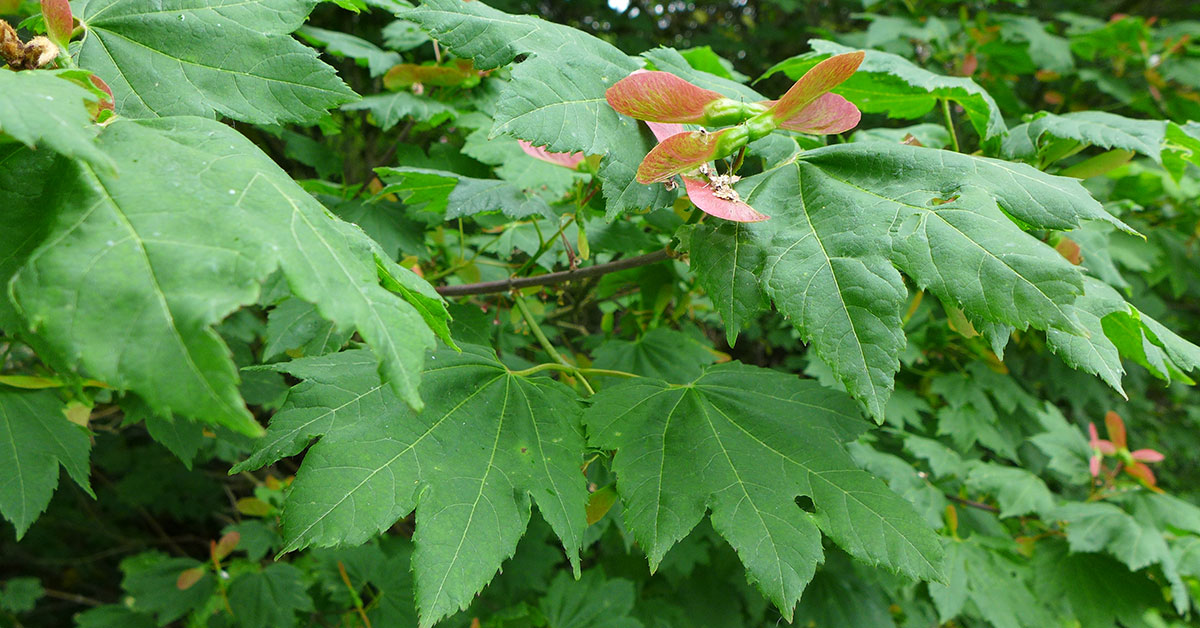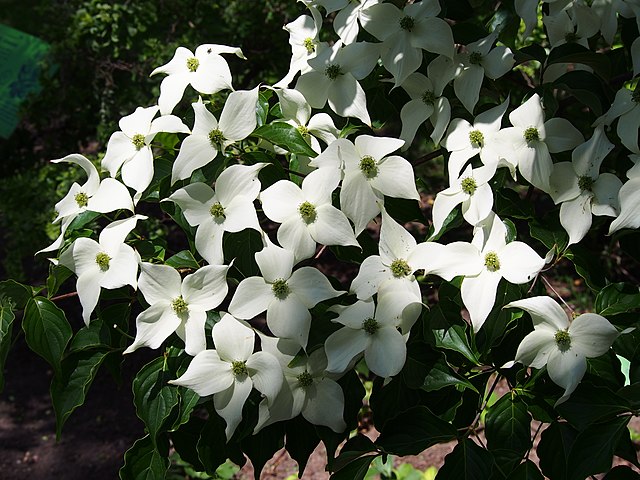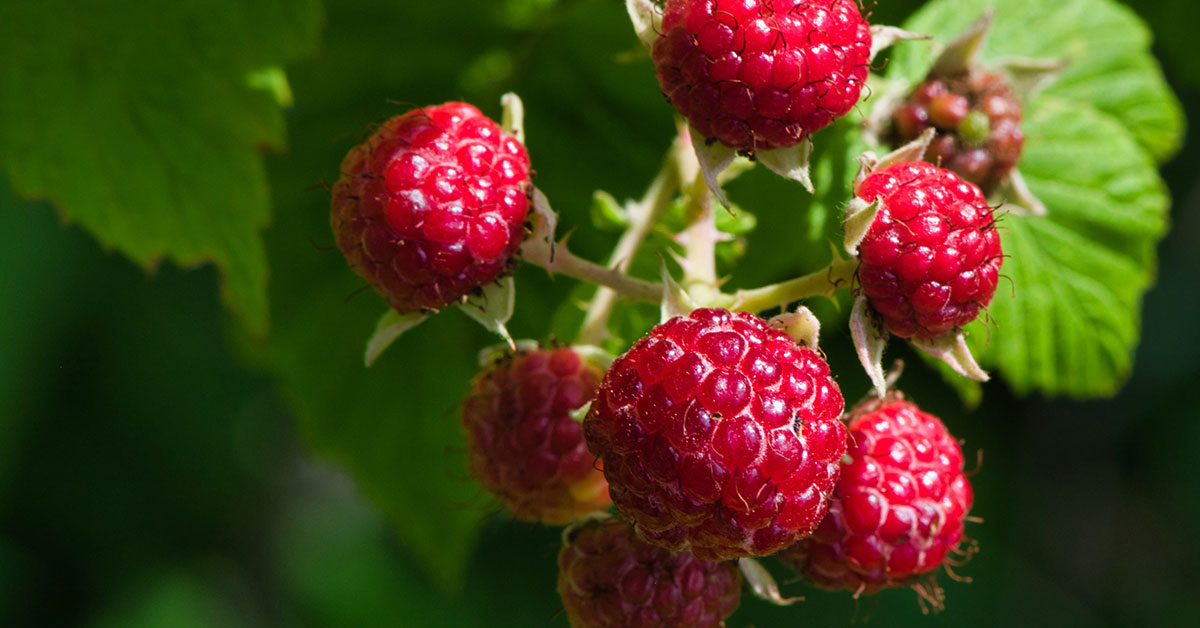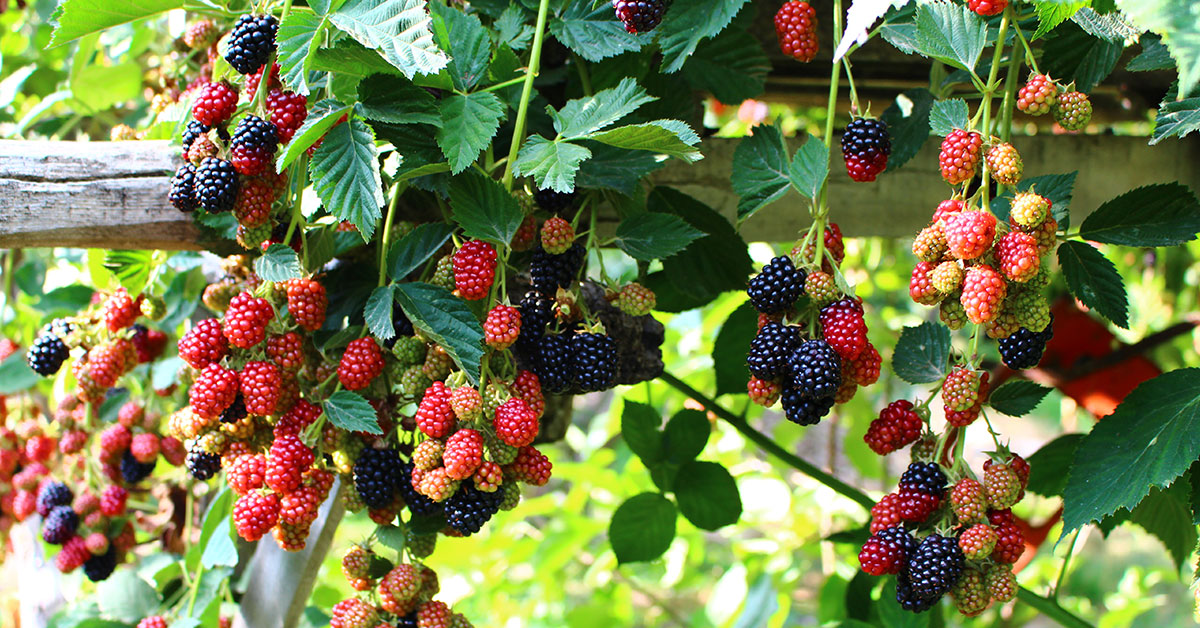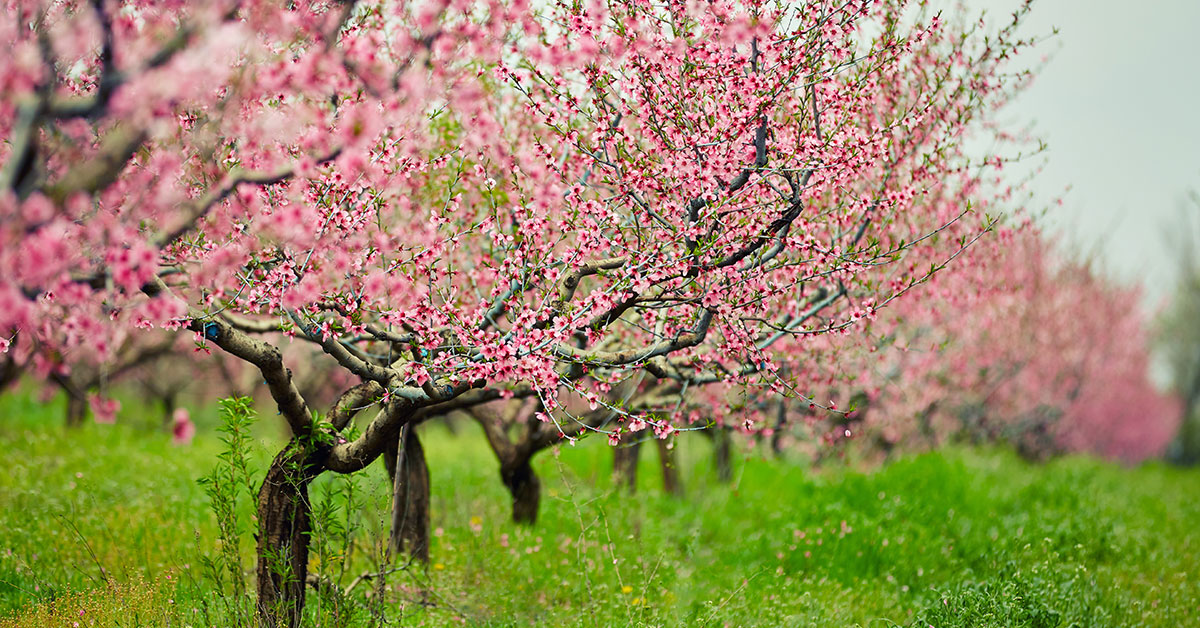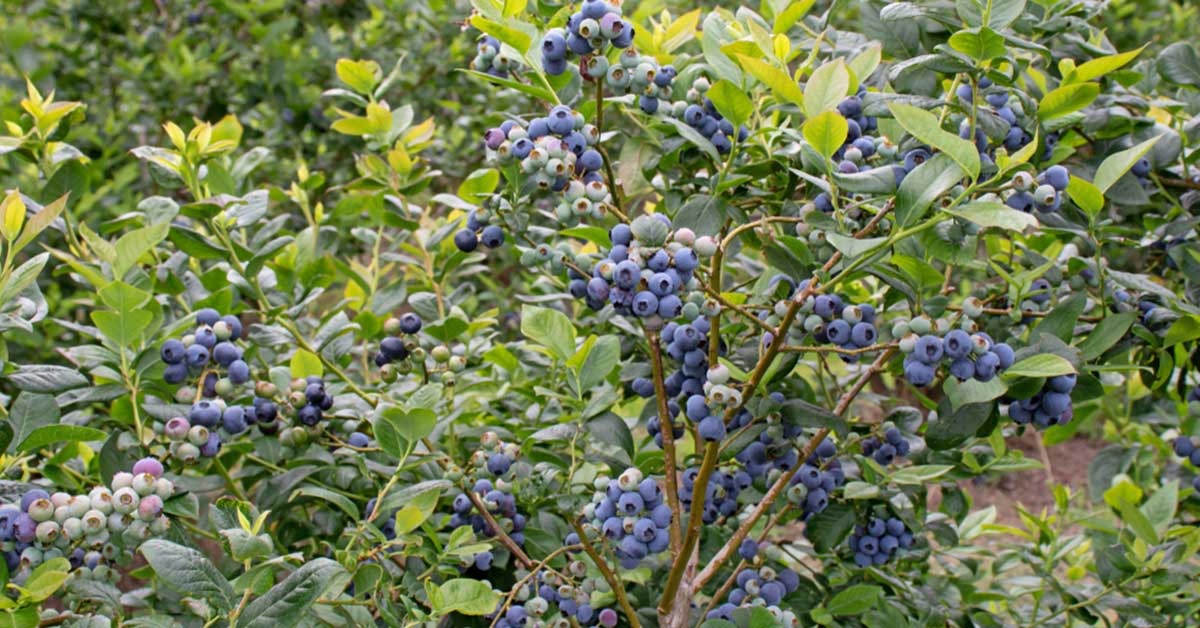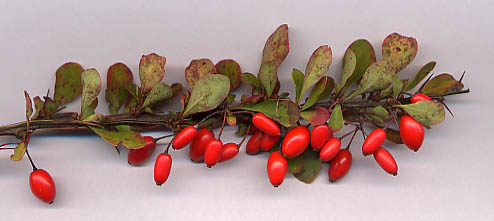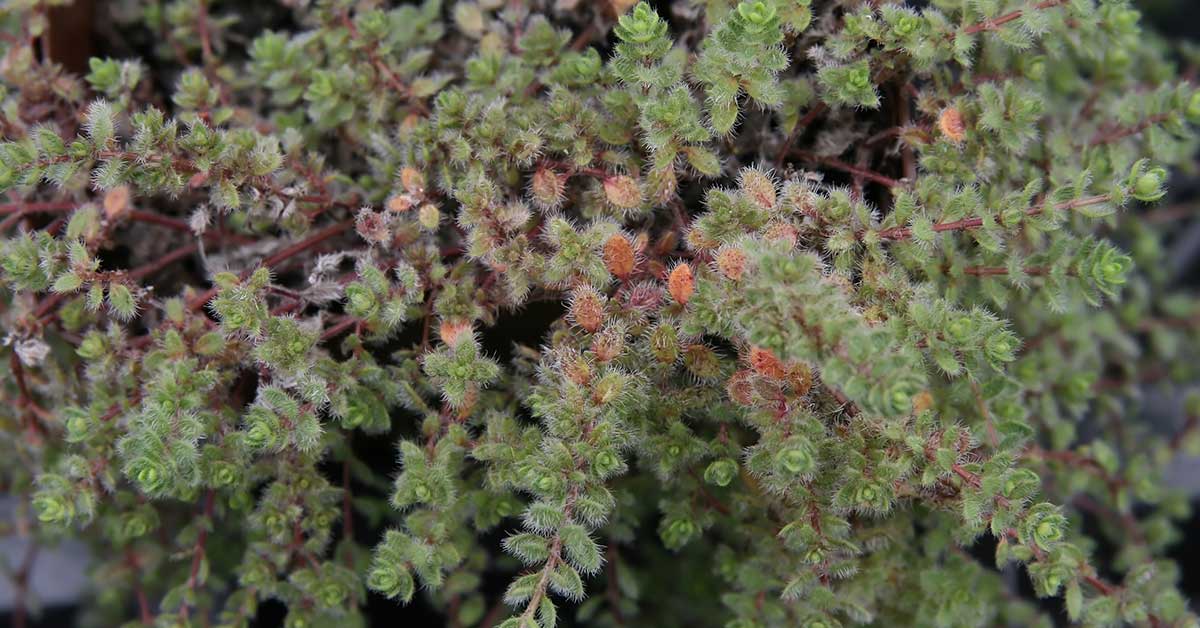Vine Maple, also known as Acer circinatum, is a versatile and attractive deciduous tree native to the Pacific Northwest region of North America.
This small tree or shrub grows up to 25 feet tall and is popular for its stunning fall foliage and unique branching pattern. Vine Maple is often found in moist, shaded areas, but can also thrive in full sunlight with proper care.
It’s adaptable nature and ornamental value make it a popular choice for landscaping and gardening projects. In this article, we will explore the interesting features of Vine Maple and discover how to grow and care for this beautiful tree.
What is a Vine Maple?
Vine Maple is a small deciduous tree or multi-stemmed shrub that belongs to the Aceraceae family. It is native to the Pacific Northwest region of North America, including British Columbia, Washington, Oregon, and California. This tree is a highly adaptable plant that can grow in various soil types and different elevations, ranging from sea level to mountain tops.
The name “Vine Maple” comes from its tendency to grow long, trailing branches that can weave and entwine like a vine. Its scientific name is Acer circinatum, and it has several other common names, including Oregon Vine Maple, Western Vine Maple, and Mountain Maple.
Vine Maple is a popular ornamental plant that is valued for its stunning fall foliage, delicate pink or white flowers in the spring, and unique branching structure. It can grow up to 20 feet tall and wide, but it is often pruned to maintain a smaller size and shape.
How to plant and care for Vine Maple
Vine Maple is a beautiful and versatile tree that can enhance the beauty of any garden or landscape. If you’re planning to plant this tree, it’s important to know how to care for it properly. In this section, we’ll discuss how to plant and care for Vine Maple to ensure that it thrives in your garden.
Before planting this tree, it’s important to choose the right location. It prefers a partially shaded area with well-draining soil. Make sure to avoid areas that receive direct sunlight for extended periods.
When planting this tree, dig a hole that’s twice as wide as the root ball of the tree. Make sure the hole is deep enough for the root ball to sit level with the ground. Add a layer of compost to the bottom of the hole to help enrich the soil.
Once you’ve planted your tree, it’s important to care for it properly. Here are a few tips to help you keep your tree healthy.
Providing Care
Watering: It needs regular watering, especially during the first few years after planting. Water the tree deeply once a week, making sure the soil is moist but not soggy.
Fertilizing: This tree doesn’t require much fertilizer, but you can add a slow-release fertilizer in the early spring to help promote healthy growth.
Pruning: It doesn’t require much pruning, but you can trim back any broken or dead branches to help maintain their shape.
Protecting from pests and diseases: Vine Maple is generally resistant to pests and diseases, but you can protect your tree by keeping the area around it clean and free of debris.
Where is Vine Maple native?
Vine Maple (Acer circinatum) is a deciduous shrub or small tree that is native to the western part of North America. It grows best in cool, moist environments and can be found in a variety of habitats, including forests, stream banks, and rocky slopes.
Vine Maple is native to the Pacific Northwest region of North America, including parts of British Columbia, Washington, Oregon, and northern California. In these areas, it is a common understory species in coniferous forests, where it provides important habitat for a variety of wildlife.
Outside of its native range, this tree is sometimes grown as an ornamental plant for its beautiful fall foliage and unique, twisted branches. However, it can be difficult to grow outside of its preferred habitat and may require special care to thrive.
As a native species, Vine Maple plays an important role in the ecosystem, providing food and shelter for many different animals. Its leaves are a source of food for caterpillars, which in turn are eaten by birds and other predators. The shrub’s dense growth habit also provides cover for small mammals, birds, and even fish in streamside habitats.
Vine Maple is a beautiful and ecologically important plant that is well worth protecting and preserving in its native range.
Foliage In The Fall
This tree is known for its vibrant fall foliage that draws visitors from near and far to see its beautiful colors. The fall foliage for this tree is a spectacular sight to behold and can be described as a blend of oranges, yellows, and reds.
As the seasons change and the temperature drops, the leaves on the Vine Maple begin to change color. The leaves turn from their typical bright green to a stunning mix of oranges, yellows, and reds. The colors are vibrant and eye-catching and provide a beautiful contrast against the evergreen trees that surround them.
The fall foliage can vary depending on the tree’s location and growing conditions. Trees that are exposed to more sunlight tend to have brighter and more vibrant colors, while trees that are in shadier areas may have more muted colors.
If you’re planning a trip to the Pacific Northwest during the fall season, be sure to check out the Vine Maple trees. You won’t be disappointed by their stunning fall foliage.


